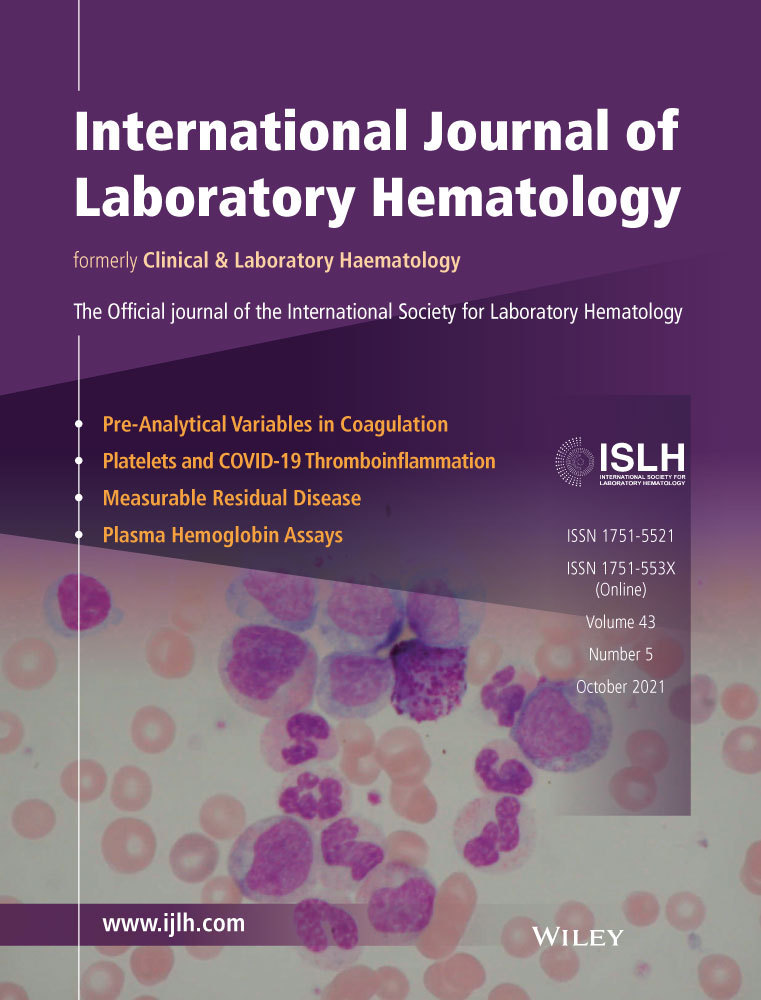Features of serum complement C3 and C4 levels in autoimmune hemolytic anemia patients
Abstract
Introduction
Abnormally activated complement system induces erythrolysis in a part of autoimmune hemolytic anemia (AIHA) patients. However, the alterations in serum complement levels in these patients are seldom reported. In this study, we aimed to evaluate the serum complement features of AIHA patients according to different clinical and laboratory characteristics and to find relationships between complement levels and hemolysis-associated laboratory indexes.
Methods
A retrospective analysis of 146 AIHA patients was performed, and serum complement C3 and C4 levels were compared between control subjects and AIHA patients with different subtypes. Correlations of serum C3/C4 levels with titers of cold agglutinin test (CAT), direct antiglobulin test (DAT), and serological indexes were assessed. Spearman correlation analysis was performed to analyze the relationship between serum complement levels and other laboratory indexes.
Results
Autoimmune hemolytic anemia patients showed reduced serum C3 levels, while serum C4 levels tended to be lower in DAT-positive AIHA patients but not in DAT-negative AIHA patients. Patients with warm AIHA secondary to connective tissue diseases and cold agglutinin disease/cold agglutinin syndrome had the lowest serum C3/C4 levels. Serum C4 levels were negatively correlated with CAT (P = .004) and DAT (anti-C3d) (P = .007) titers. In patients with positive CAT and/or DAT (anti-C3d) but negative DAT (anti-IgG), serum C3/C4 levels were negatively correlated with indirect bilirubin (P = .017 and =.026, respectively).
Conclusion
The study findings may be helpful in not only unraveling the mechanism underlying hemolysis in AIHA but also diagnosing AIHA and selecting targeted treatment strategies.
Open Research
DATA AVAILABILITY STATEMENT
The data that support the findings of this study are available from the corresponding author upon reasonable request.




